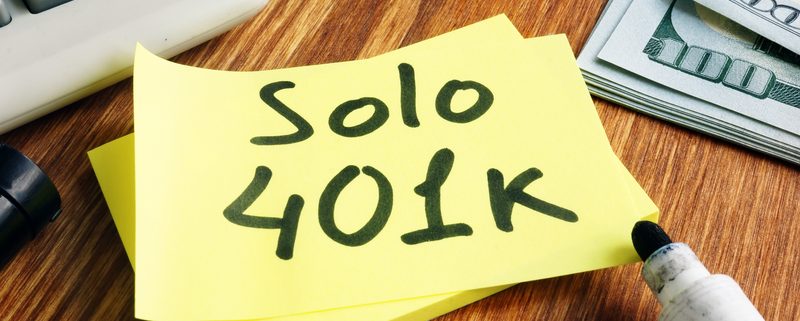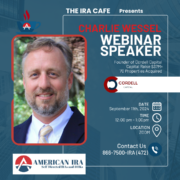What New Investors Need to Know about the Self-Directed Solo 401(k)
Putting together a retirement plan seems easy on paper. But what happens when you have to make decisions as to which retirement vehicles you are going to use? Many investors first hearing about the Self-Directed Solo 401(k) plan they learn that they have to take a considerable amount of power into their own hands. That can be a tremendous advantage, when you know what you’re doing and work with the right people. But it can also be intimidating. That’s why we’ve put together a brief guide for new investors who are thinking about a Self-Directed Solo 401(k) plan for their retirement.
The Self-Directed Solo 401(k): Key Points
First, let’s tackle the key points that will delineate this account from the other options you have available to you.
- You’ll have to be by yourself. With a SEP-IRA, you can be by yourself, but you can also have full-time employees. With a one-participant Solo 401(k) plan, however, you should be a self-employed sole proprietor, corporation, or limited liability company. This means you won’t create this plan as a company-wide plan, unless you count just one employee—you—as the entire company.
- You can make high contributions. With high contribution limits come plenty of options for anyone considering the Self-Directed Solo 401(k) As we note at our Self-Directed Solo 401(k) section, “the self-employed 401k participant can make contributions as both the employee and the employer resulting in very high contribution limits.” This is one chief reason that so many individual investors like the Self-Directed Solo 401(k) plan; it’s an opportunity to take advantage of a large income and put aside a lot of money for retirement in a hurry.
- You can borrow from a Self-Directed Solo 401(k). Assuming you meet the requirements and don’t break the rules, it’s possible to borrow from an account for any purpose. This does, however, require that you pay the loans back within five years, so remember that there aren’t unlimited rules here. However, don’t believe that simply because you put money away in a Self-Directed Solo 401(k) plan, your money is locked away from you for decades at a time. There are options for flexibility down the road.
Although these aren’t the only principles that make the Self-Directed Solo 401(k) plan so appealing for many, they are key points that will help you understand what the Self-Directed Solo 401(k) plan is all about.
What About Self-Directing?
If you’re a new investor, you might have noticed that we keep using the phrase “self-directed.” Aren’t all retirement accounts self-directed, in that you decide what goes into them? In this case, self-direction has a specific definition. It means that you take the reins of your account, working through a custodian on the account to make sure that you can make all of the retirement decisions you have available to you.
If you were to self-direct an account, for example, by using a Self-Directed IRA administration firm like American IRA as the custodian, you would then have the option to use a retirement account to invest in a wide range of potential assets. That means real estate, precious metals, private companies, and even cryptocurrencies. Ultimately, the decision would land with you, giving you the core power to change your financial destiny in retirement.
Interested in learning more about Self-Directed IRAs? Contact American IRA, LLC at 866-7500-IRA (472) for a free consultation. Download our free guides or visit us online at www.AmericanIRA.com.










